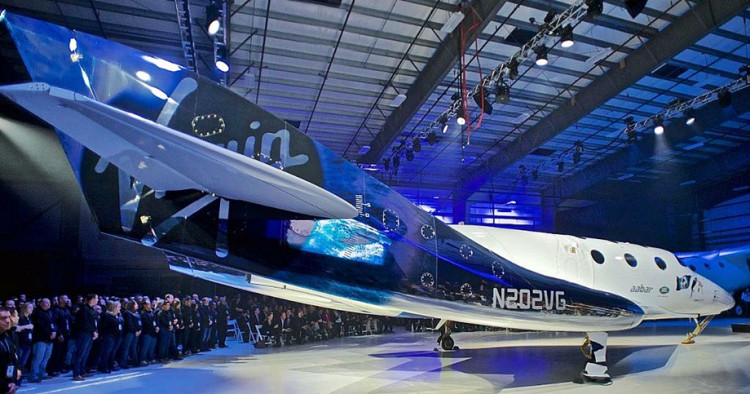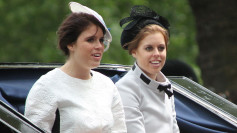Virgin Galactic, the spaceflight company of Sir Richard Branson's Virgin Group, announced the successful third powered test flight for the VSS Unity has reached suborbital space.
The latest flight of VSS Unity on July 26 is the first to reach the mesosphere or the layer of the atmosphere located from 50 km to 100 km above sea level. Beyond the mesosphere is outer space.
The test flight was piloted by Dave Mackay and Mike 'Sooch' Masucci. The spaceplane reached an altitude of 52 km and a speed of Mach 2.47 (3,050 km/h).
This success indicated Virgin is finally on the verge of attaining its goal of carrying paying passengers into the mesosphere and into outer space for a few seconds. Virgin Galactic hasn't said when commercial operations will commence from its Mojave Air and Space Port at Mojave, California, however.
The company is developing commercial spacecraft that will fly space tourists into the mesosphere. It will also undertake suborbital launches for space science missions for NASA and scientific institutions worldwide.
VSS Unity was carried into the mesosphere in the latest test flight by its mothership, VMS Eve, which is named after Branson's mother, Evette. VMS Eve was crewed by Todd Ericson and Kelly Latimer during the July 26 mission.
The two aircraft flew to their release altitude of 14,200 meters where VSS Unity was then let loose. VSS Unity ignited its engine for a burn time of 42 seconds, the longest to date.
Ignition saw VSS Unity achieve Mach 2.47, powering it upwards to an apogee of 52,000 meters. The engine was then shut down, and the momentum carried VSS Unity upward before a feathered re-entry cycle that began at 52 kilometers.
"Virgin Galactic test pilots broke Mach 2 this morning, as VSS Unity took her third rocket-powered supersonic outing in less than four months," said Virgin Galatic in a post-flight statement.
"After a clean release from carrier aircraft VMS Eve at 46,500 ft, pilots Dave Mackay and Mike "Sooch" Masucci lit the spaceship's rocket motor, before pulling up into a near vertical climb and powering towards the black sky at 2.47 times the speed of sound."
The 42 seconds rocket burn took pilots and spaceship through the Stratosphere and, at an apogee of 170,800 ft, into the Mesosphere for the first time.
This region is often referred to by scientists as the "Ignorosphere" because it's an under-studied atmospheric layer above the range of balloon flight. Virgin Galactic sees flights to the mesosphere as a future area it can help the research community explore further.






